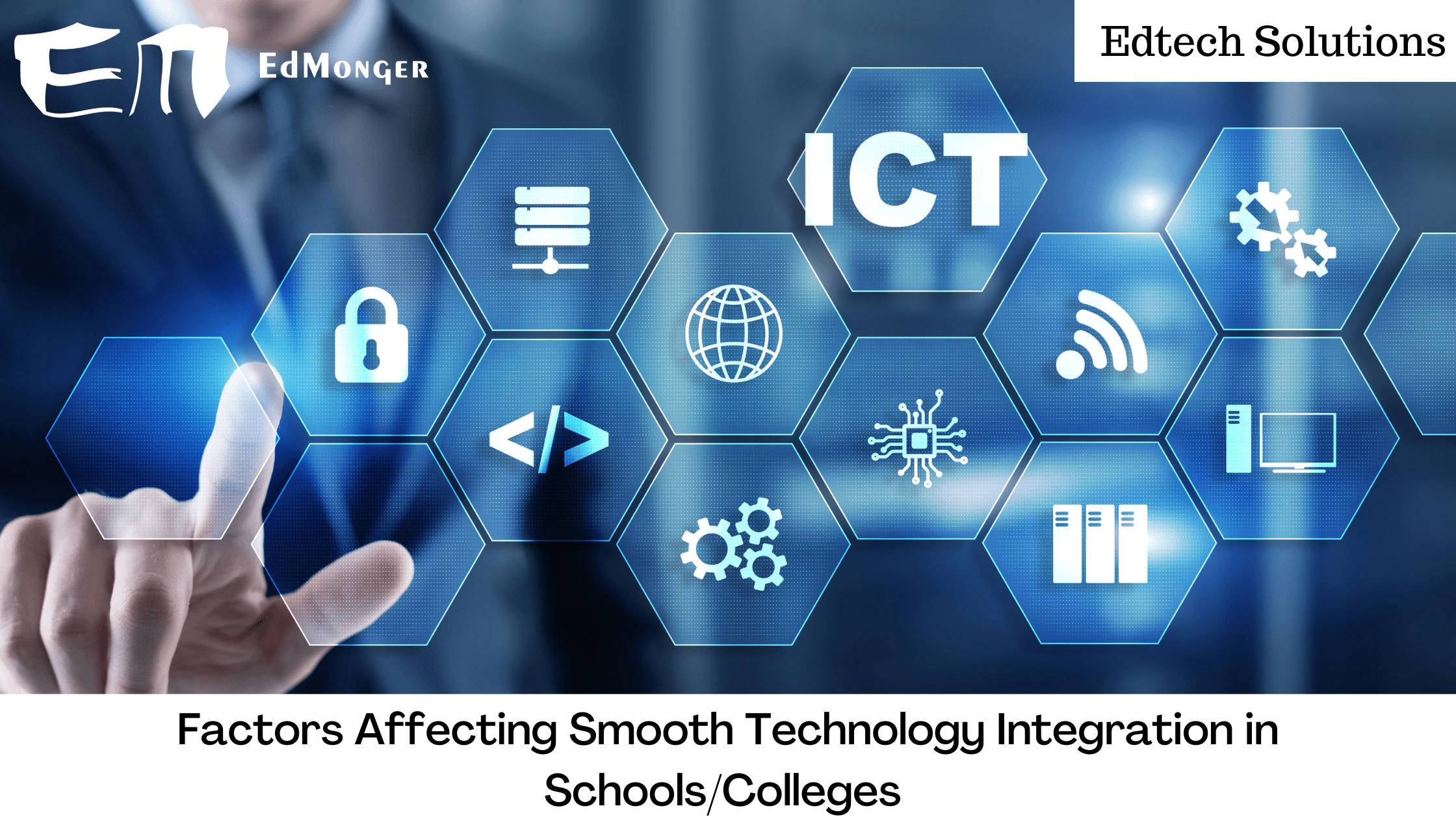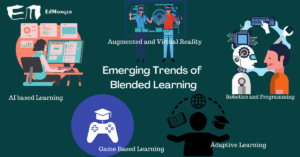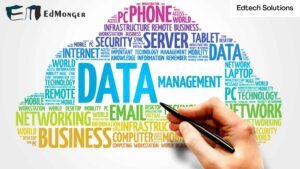The importance of technology integration in today’s environment will only continue to grow. You are probably familiar with many people who own mobile phones. Kids are frequently given school computers and tablets to take home with them so they can use them to do their assignments at home.
Technology has become one of the most important aspects of modern living due to the proliferation of digital entertainment. But what does this information entail for the students that we teach?
While most schools have successfully integrated education technology into their day-to-day operations, other schools have yet to reach the point where they are completely reliant on technology because they must first overcome several obstacles.
Yes, there are a lot of barriers to smooth technology integration in schools; there is a strong need to address these edtech challenges so that every school can focus on how technology integration can be done in classrooms.
In this article, we will discuss the challenges that education technology faces so that we can make ways to rectify those barriers.
Let’s check it out..!!
Related: Why is it time for a concrete digital transformation in education than an inchmeal?
Factors Affecting The Smooth Technology Integration in Schools
Inadequate Levels Of Professional Training
We all know that technological advancements are constantly occurring. Particularly in educational technology, a plethora of cutting-edge resources has emerged that make the educational models of any region of the world accessible to students.
High-quality education can only be achieved with the new edtech tools that have just been developed. The major question is whether educators have the skills to effectively utilize these resources. But, acquiring the knowledge necessary to use any new technology effectively is crucial. This is the greatest obstacle to overcome when implementing new technologies in the classroom.
In addition to the resources needed to bring teachers up to date, training for academics, staff, and teachers at a professional level are essential if one expects students to derive the benefits from their exposure to technology that one hopes they will. Still, there is no certainty that those teachers will be able to effectively implement the new technologies into their classrooms.
Resistant To Technological Transformation
Teachers often resist attempts to improve their practices, believing instead that their tried-and-true methods of instructing students must be optimal due to their extensive background in the field. Teachers often have valid points as well.
However, as edtech technology develops and new tools emerge, educators must also change with the times. Teachers’ concerns that they receive inadequate training for the technology at their disposal are a key barrier to its adoption in the classroom.
Despite the difficulty, it is possible to increase the likelihood of teachers embracing new education technology by engaging with it to facilitate their use of such tools.
Poor Hardware and Software Reliability
A solid infrastructure may also be aggravated by a lack of reliable hardware and software devices, which may offer significant challenges in educational technology integration in schools.
An unreliable device might be anything as simple as a faulty laptop or a damaged notebook, or it could be a software flaw that prevents students from taking their tests, making notes, taking online classes, or staying signed in at school.
Technology in the classroom has the potential to be useful, but only if it can be relied upon to perform successfully across a range of devices and applications.
Terrible Network and Infrastructure Conditions
Providing a classroom full of kids with laptops or notebooks is useless if the school lacks the necessary network infrastructure to support them. This is one of the most important things to consider during technology integration in schools.
Having dependable, high-speed WiFi at home and in the classroom is only the beginning of what’s needed for a robust network infrastructure that also guarantees users’ right to privacy and security, as well as access to a plethora of online information.
The successful and appropriate sustained use of technology in education depends on a carefully planned and executed design, construction, and maintenance of a robust network infrastructure.
Currently, No Mechanisms are Available To Integrate Technology Into The Teaching And Learning Process
If we provide educators with cutting-edge technology, we can help them feel more comfortable integrating technology into the classroom. But will they know how to make the most of these edtech tools?
A science teacher, for instance, can educate students about the human body from a laptop. A math teacher, on the other hand, can accomplish the same task on a smartboard instead of a laptop since the two pieces of technology are functionally equivalent. But even with this, they will need time to become familiar with the technology, they will need to conduct experiments, and whatever teachings students are required to read, they will need to test it, which may also consume their time.
And the major barrier to implementing edtech technology is that it is easier to get instructors to accept new technologies in the required time if they are given the support they need to figure out how to implement educational technology in their classrooms.
Insufficient Budget And Limitations On Spending
Any technological investment must begin with a financial plan. You can’t upgrade your school’s technology or make any plans to do so if you can’t afford to do either. A sufficient budget can help the smooth integration of technology in schools.
Financial constraints are the most significant problem restricting teachers’ and administrators’ ability to equip children with education technology. Strong educational technology solutions, such as Google Cloud, may be strong tools for education, but merely adopting that one tool needs schools to offer Chromebooks for kids and finance training sessions for instructors, which is simply too much for many already-strapped budgets to manage.
Sourcing the finances to deploy and maintain technology in the classroom may be a huge obstacle for schools that need more cash, which can be a major barrier in adopting education technology in schools.
Thoughts
Proper planning is needed for smooth technology integration in schools. If you want advanced technology to be integrated into the whole school at once, which keeps on providing results without failing, then it is not possible in the present time.
If you can manage each aspect carefully by focusing on the points we have discussed, then the day is not far when we will see the emergence of advanced technology in schools.




